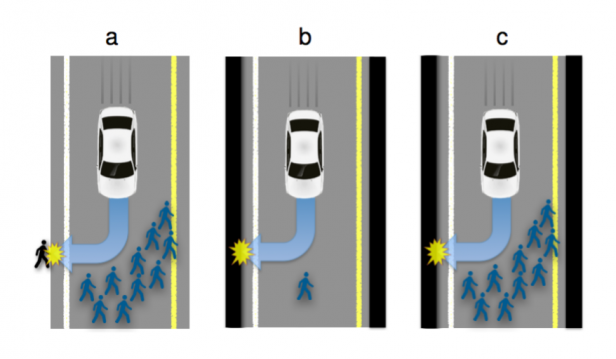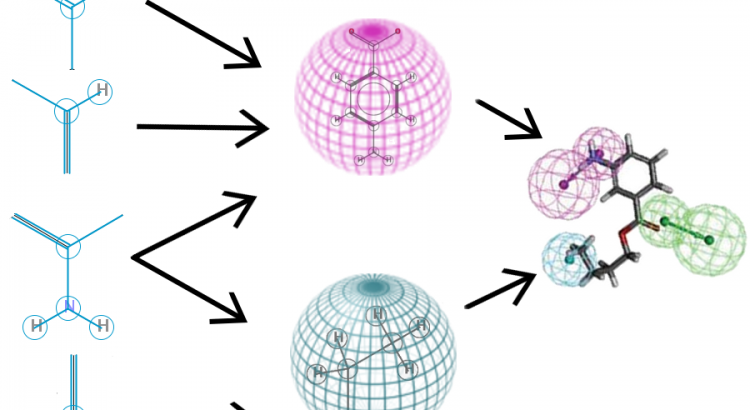We present a system for the detection of small and potentially obscured obstacles in vegetated terrain. The key novelty of this system is the coupling of a volumetric occupancy map with a 3D Convolutional Neural Network (CNN), which to the best of our knowledge has not been previously done. This architecture allows us to train an extremely efficient and highly accurate system for detection tasks from raw occupancy data. We apply this method to the problem of detecting safe landing zones for autonomous helicopters from LiDAR point clouds. Current methods for this problem rely on heuristic rules and use simple geometric features. These heuristics break down in the presence of low vegetation, as they do not distinguish between vegetation that may be landed on and solid objects that should be avoided. We evaluate the system with a combination of real and synthetic range data. We show our system outperforms various benchmarks, including a system integrating various hand-crafted point cloud features from the literature.

